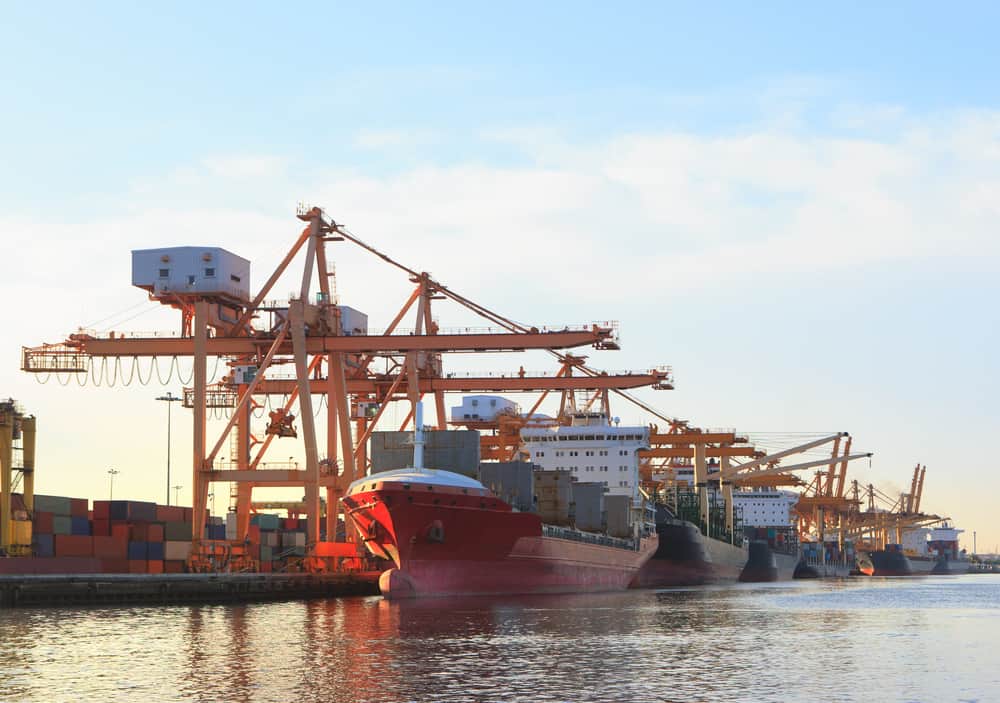Port productivity is generally evaluated based on the number of container moves per hour.
When comparing the first half of this year’s performance to 2017’s, there has been a 4% decrease in port productivity, which means vessels spent 70,000 extra hours in ports earlier this year. Each additional hour a vessel spends in a port could cost approximately $2,500. With 70,000 extra hours during the first-half of 2018, the growing size of vessels calling ports, the number of containers being exchanged with each port call, and the idle vessel fleet being at a low-point for 2018, the additional costs for the logistics industry could total more than $175 million.
Terminals are limited in their capacity to handle larger vessels. Physically adding more cranes may not be possible, or may be highly-challenging, for some terminals. To increase productivity, terminals must focus on and consider alternative solutions.
Digitization is one key solution that could help improve collaboration and live information-sharing with other stakeholders within container transport logistics.
With easy information flow, terminals will experience smoother and faster operations. However, the World Economic Forum reports that generally, the logistics industry has not been introducing and implementing digital innovations at a fast-enough pace.
Many larger ports are taking steps on their own to develop online information-sharing platforms for collaboration within their organization and with other stakeholders within container transport logistics.
Some digitization efforts have already taken hold in Europe.
This year, the Port of Rotterdam and the Port of Hamburg started exchanging information about planned and actual vessel arrival and departure times for vessels on their way to either port. The idea is to use real-time information to improve scheduling, and based on information, improve coordination and better use of terminal resources.
With this new information exchange, bunker costs were reduced, too, because vessels could adjust their speed based on live information on conditions and resource availability to load and unload at the terminal. Other benefits of digitization and data-sharing for ports is better planning of labor and equipment assets prior to vessels arriving, in order to ensure proper cargo flow, and reduction of congestion at ports.
One challenge from the close integration that digitization brings is lack of trust due to information ownership and confidentiality.
For this reason, it’s important to standardize terms for data-sharing agreements, particularly around which data elements are shared. When digitization is accompanied by trust and fair terms for both parties, everyone will benefit through reduced operational time at ports, and increased productivity and profitability from vessels spending less time in terminals.




